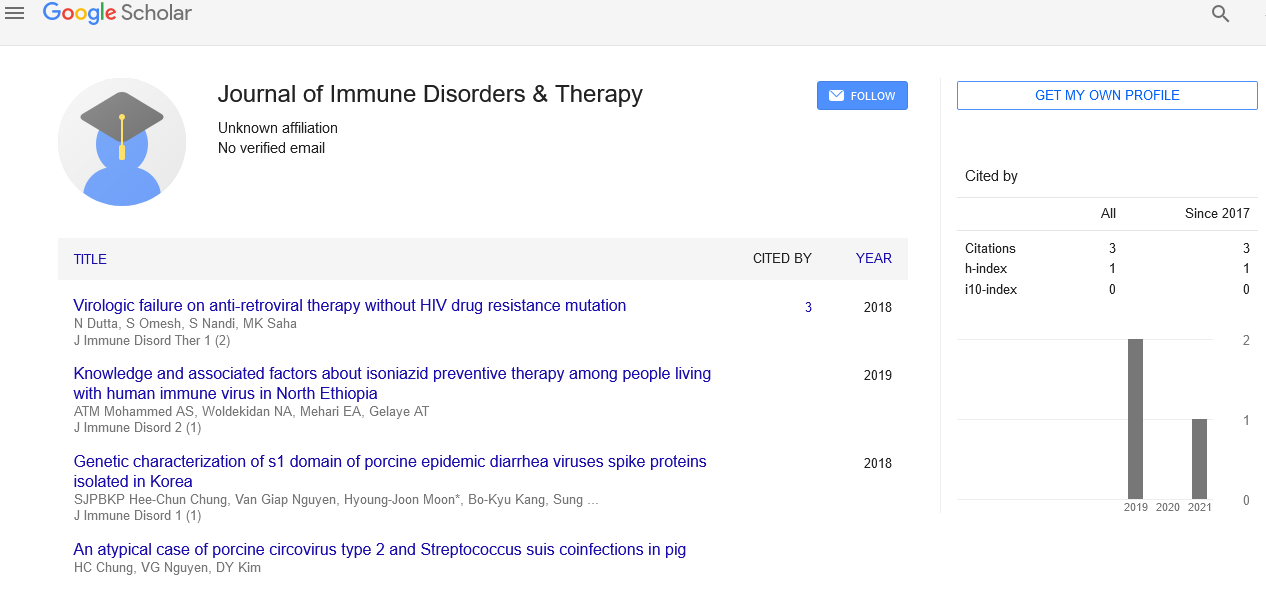Cell origin and evolution of metabolism
Received: 04-Aug-2021 Accepted Date: Aug 18, 2021; Published: 25-Aug-2021
This open-access article is distributed under the terms of the Creative Commons Attribution Non-Commercial License (CC BY-NC) (http://creativecommons.org/licenses/by-nc/4.0/), which permits reuse, distribution and reproduction of the article, provided that the original work is properly cited and the reuse is restricted to noncommercial purposes. For commercial reuse, contact reprints@pulsus.com
Introduction
In sub-atomic and cell development, the rise and advancement of metabolic pathways was a basic achievement. Without a doubt, the consumption of the prebiotic supply of amino acids and different substances, which were in all probability accessible in the familial climate, gone about as a solid specific pressing factor, preferring early stage heterotrophic microbes that fostered the capacity to orchestrate those atoms Because of the advancement of metabolic pathways, crude living beings were less dependent on external wellsprings of natural substances.
Various components and synthetic systems might have driven the organizing of genomes and the development of new metabolic capacities over advancement, as per near appraisals of qualities and genomes from Archaea, Bacteria, and Eukarya species. Quality and operon duplications probably had a critical impact in these quality prolongations, as they can result in the (quick) improvement of new hereditary material, which would then be able to go through developmental uniqueness, bringing about the rise of new qualities coding for new metabolic abilities. Various speculations have been presented to clarify why and how the current metabolic pathways emerged and were created, with quality duplication being one of them. The interwoven theory, as per which metabolic pathways have been gathered through the enlistment of crude catalysts that can respond with a wide scope of artificially related substrates, is emphatically upheld by both the examination of totally sequenced genomes and coordinated development tests. Nonetheless, an investigation of the construction and association of qualities engaged with old metabolic pathways like histidine biosynthesis and nitrogen obsession proposed that an alternate speculation, like the retrograde speculation or the semi-enzymatic hypothesis, could represent the arisal of some metabolic pathways.
The Primordial Cells and Metabolism
Interesting Energizing Perhaps the most interesting logical topic is reproducing the historical backdrop of life on Earth. Understanding the fundamental synthetic stages prompting early stage cells and their initial advancement is much really interesting. Surviving cells are convoluted organic entities comprised of a plenty of different synthetic compounds that should cooperate to guarantee cell endurance and proliferation. Throughout a cell’s presence, billions of particles are changed into new ones by measures that are sped up by catalysts, most of which are proteins. Despite the fact that these proteins might interface with an assortment of particles during their mad excursion through the phone, they just tie to choose atoms that address their substrate and transform them into new particles named item. This isn’t valid for all chemicals; every one connects with a solitary substrate to deliver an exceptional item. Therefore, billions of substrates are changed over into billions of items by billions of protein particles each second of cell life. These responses happen rapidly, and we might consider the cell as a thick climate where they occur in a methodical way. Metabolism refers to the entire set of reactions, which is a circular “entity” in the sense that molecules can be destroyed (catabolism) to obtain energy and “bricks” that are needed to build other molecules. It’s apparent that there’s a “equilibrium” between catabolic and anabolic events within a cell. As a result, while the metabolism of existing cells is complex, it is also incredibly ordered.
Acknowledgment
The authors are grateful to the journal editor and the anonymous reviewers for their helpful comments and suggestions.
Declaration of Conflicting Interests
The authors declared no potential conflicts of interest for the research, authorship, and/or publication of this article.





